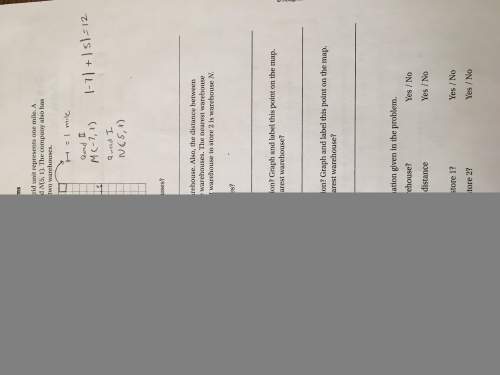
Physics, 14.07.2020 02:01, vickygloom
When air in the atmosphere rises or falls it often experiences a change in temperature. Interesting examples of this behavior are the chinook winds in the Rocky Mountains and the foehns in the Alps.
a. When a wind containing moist air blows up the side of a tall mountain, its altitude increases and its pressure drops. What happens to this air’s density?
b. Why does this rising air experiences a drop in temperature?
c. The air’s dropping temperature causes its moisture to condense into rain while the air itself continues over the mountaintop without the moisture. As the moisture condenses from a gas into a liquid, it warms the air. Which portion of an air conditioner employs a similar process?
d. The warmed air then descends into the valley beyond the mountain and it warms up even more. The air reaching the valley is unusually hot and dry. Explain this additional warming during its descent.

Answers: 3
Other questions on the subject: Physics

Physics, 22.06.2019 14:20, timothyashburn8
Antireflective coatings on solar cells are often made by applying a thin film of silicon nitride (sinx), which has an index of refractive of 1.2, on the top of the silicon solar cell, which has a refractive index of about 3.5. however, the sun emits radiation of various wavelengths which the solar cell absorbs, and the antireflective coating can only absolutely minimize the reflection of one of these wavelengths. the coating thickness is chosen to reduce the reflection of green/yellow light (e = 2.2 ev), which is the most intense color in the solar spectrum (shown below). which of the following coatings would minimize reflection of green/yellow light? the answer is 820 nm how? what is the angular width of the central maximum of an electron traveling at 2 x 108 m/s going through a single slit of width 1 mm.
Answers: 1

Physics, 22.06.2019 14:30, trevorhenyan51
Which compound is held together by the electrostatic force between two ions? a. co2 b. cci4 c. h2s d. mgf2
Answers: 1


Physics, 23.06.2019 12:00, johara
A50 kg student climbs 3 m to the top of a set of stairs. calculate the change in the student’s gravitational potential energy from the bottom to the top of the stairs. show your calculations and include units in your answer. how much total work does the student do while climbing the stairs? show your calculations or explain your reasoning. include units in your answer. it takes the student 30 s to climb to the top of the stairs. what is the average power generated by the student climbing the stairs? show your calculations and include units in your answer. the next day the student carries a 10 kg backpack up the same stairs and again takes 30 s to reach the top of the stairs. is the average power you calculated in part (c) greater than, less than, or equal to the average power the student generated the next day? explain your answer.
Answers: 3
Do you know the correct answer?
When air in the atmosphere rises or falls it often experiences a change in temperature. Interesting...
Questions in other subjects:






Mathematics, 12.02.2020 03:19


Mathematics, 12.02.2020 03:19









